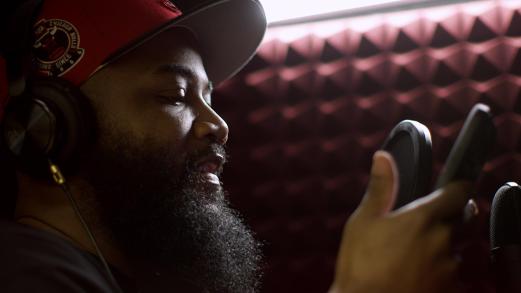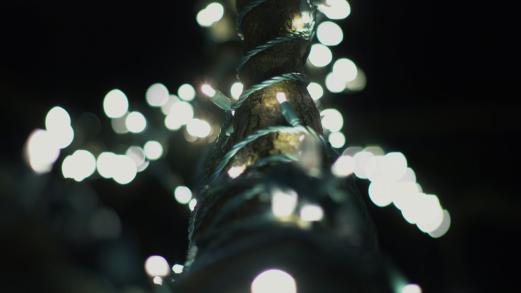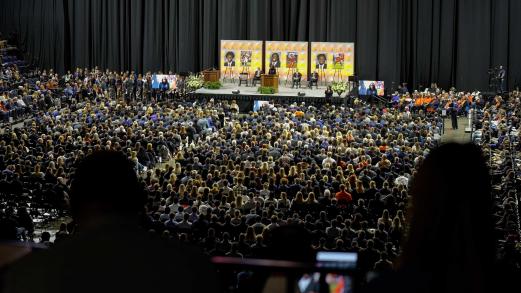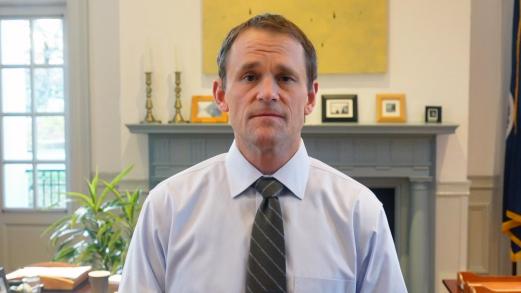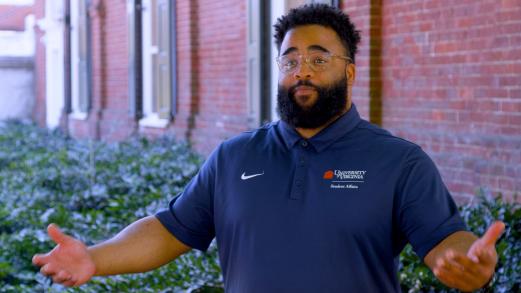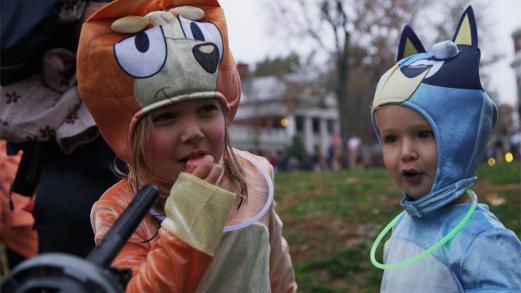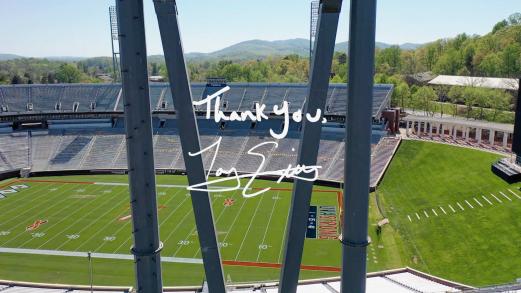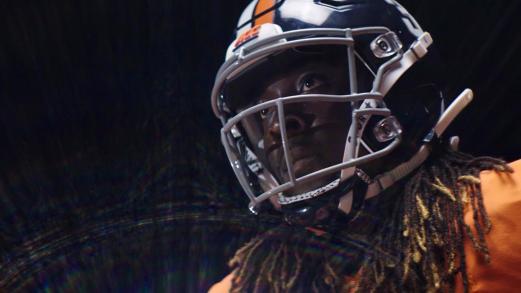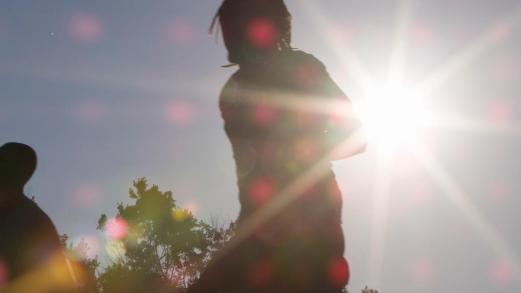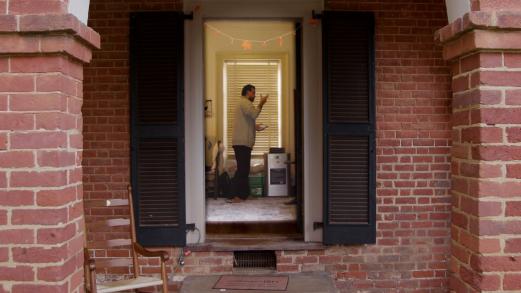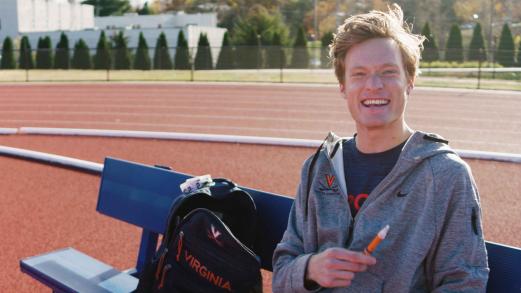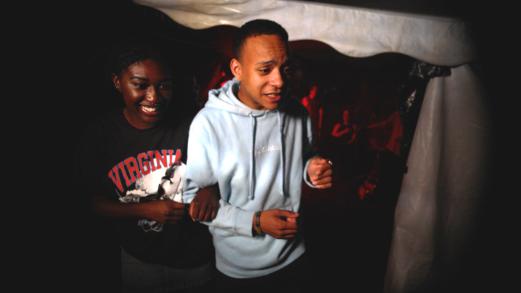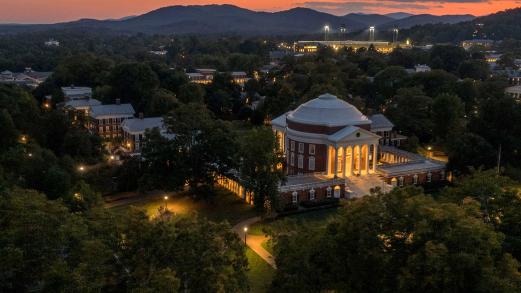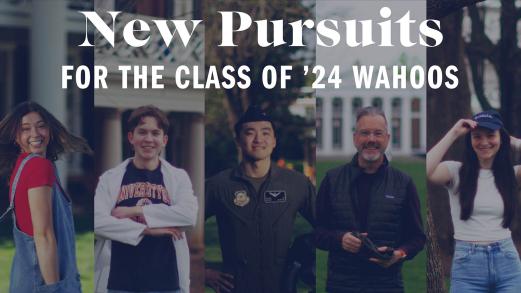Jefferson's original capitals were carved by the Raggi boys in Carrara in Italy. Jefferson saw them as part of the education of the University. You learn from the architecture. And so here they are, on the most prominent building at the university, it was the mind of the University. The capitals were very badly damaged in the fire. This marble that was replaced in the early twentieth century deteriorated very, very badly.
[Lahendro] As we began planning for the current multi-year renovation at the Rotunda, a UNESCO World Heritage Site, we knew we wanted to look at replacing the capitals.
Despite all out efforts to preserve them, there was no way to keep them from still falling apart. The University then began a long process to select the marble to be used and the contractors to carve and install the replacement capitals.
[Guy-Wilson] And the decision was made let's get the very best that is possible anywhere and duplicate the original Jeffersons.
[Wylie] I was walking by the Fralin Museum one day and there's a crew out scanning one of the old capitals to the rotunda. When I started to talk to them turned out they were from Carrara. So I showed them my book and we talked about all these people we knew. And I was able to go over to Carrara, film and photograph the initial modeling they were making. They had taken those 3D scans and produced a quarter fragment of one of the capitals.
[Lahendro] Not only did we have the scans, we also sent over 3 large remnants. And then the Pedrini carvers did a clay mock-up of the top part that we didn't know as well.
[Wylie] So it was super fascinating to see these guys working with both fragments of stone, photographs from the 1800's, and trying to make a fragment that then the UVA architects and the people working on the project would come over and approve for them to then go to a full-scale capital. And then that started them on their process of, loading the blocks of marble which had come down from the quarry, putting them into the robotic carvers.
[Lahendro] Pedrini used the CNC machines to cut out the bulk material and take it to within 10-15 percent of the final product. Then carvers come in and, by hand, carve that last 10 to 15 percent. of the capital.
[Guy-Wilson] when I saw them un-crated it was very, very moving because they are so beautifully done.
[Wylie] Finally, it was amazing to see the capitals picked off the trucks here at UVA, moved slowly into place, to finally being placed on top of the columns perfectly positioned. It was just fantastic to see this process from the beginning to the end.
